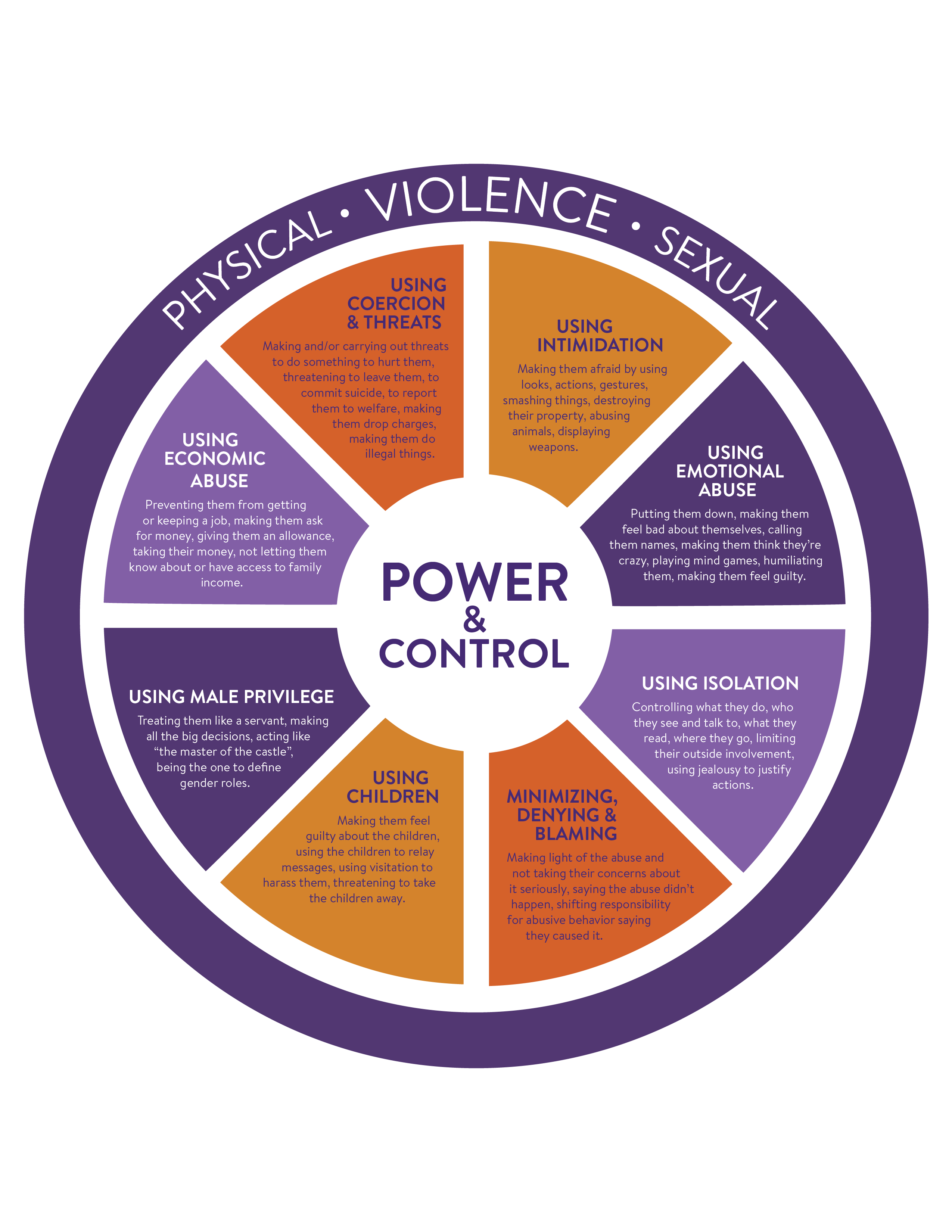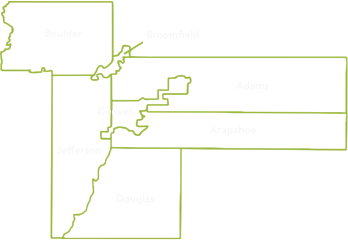What Is Domestic Violence
Domestic violence is a pattern of coercive control in an intimate relationship which may be characterized by isolating and controlling behaviors, manipulation and/or intimidation to create an atmosphere of fear and other forms of abuse. Domestic violence is a choice; it is about power and control, not love and respect. Domestic violence occurs in all socioeconomic backgrounds, cultures, age groups, sexual orientations, ethnicities and cultures.

Red Flags
Below represent some red flags within relationships, which are validated by research:
- Obsession with weapons
- Access to/prior threats with a firearm
- Whirlwind courtship/relationship
- One who chooses abusive behavior is unemployed or underemployed
- Escalated threats of suicide
- Decompensation
- Estrangement/separation from survivor
- Prior strangulation attempts
- Violation of protection orders
- Stalking/monitoring
- One who chooses abusive behavior is possessive of survivor
- Threatens to kill survivor (and/or children, threats to kill survivor's family members, friends, etc.)
- Significant losses (housing, employment, custody of children, etc.)
- History of drug/alcohol use/abuse
- Believes/knows survivor is pregnant
- History of domestic violence or non-domestic violence assaults
- Pending legal actions
- One who chooses abusive behavior believes or knows survivor is in a new relationship
Safety Planning
A safety plan is a personalized, practical plan that includes ways to remain safe while in a relationship, planning to leave, or after you leave. Safety planning involves how to cope with emotions, tell friends and family about the abuse, take legal action and more. Here are some ways to plan for your safety:
- Have important phone numbers nearby for you and your children. Numbers to have are the police, hotlines, friends and Family Tree.
- Identify friends or neighbors you could tell about the abuse. Ask them to call the police if they hear angry or violent noises. If you have children, teach them how to dial 911. Make up a code word that you can use when you need help.
- Determine ways to get out of your home safely and practice ways to get out.
- Find safer places in your home where there are exits and no weapons. If you feel abuse is going to happen, try to get yourself to one of these safer places.

